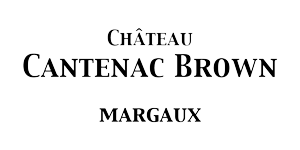What are NFTs ?
An NFT or “Non Fungible Token” is a non-interchangeable token or digital asset issued by a blockchain. It can take many forms: a photo, a video, a jpeg file or any other dematerialized object. NFTs have three major advantages:
- Non-fungible: only one original exists, and its uniqueness makes it rare, so its value can quickly increase depending on supply and demand
- Authentic: the blockchain issues an authentication certificate for each NFT
- Traceable: it is possible to follow an NFT throughout its lifeline, which allows to see its former owners, its purchase and resale prices etc…
To sell an NFT you need to go through specialized platforms such as Open Sea. You need to create a virtual wallet that will allow you to access cryptocurrencies and “tokenize” your digital object in order to authenticate its existence and give it a unique identity (through the blockchain). The NFT can then be offered for sale. To buy it, it is most often necessary to use Ethereum (ETH). However, other currencies or means of payment are accepted depending on the market place.
What is the blockchain ?
Blockchain is a technology for storing and transmitting information. This technology offers high standards of transparency and security because it operates without a central control body. The blockchain allows its users – connected in a network – to share data without intermediaries.
Cantenac Brown and the NFTs
David Popa’s ephemeral work, entitled “The Power of the Earth”, will be preserved through an NFT. The proceeds from the sale accruing to Château Cantenac Brown will be donated to the Conservatoire du Littoral, a French national trust which buys virgin lands and save it from urbanization.





